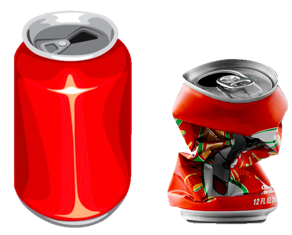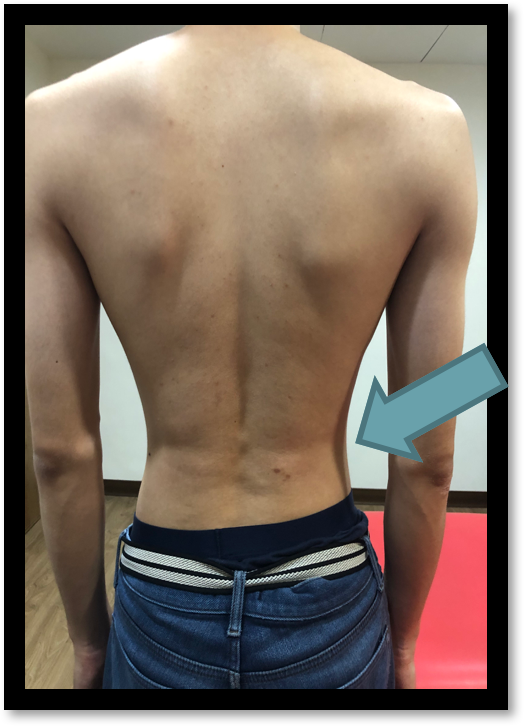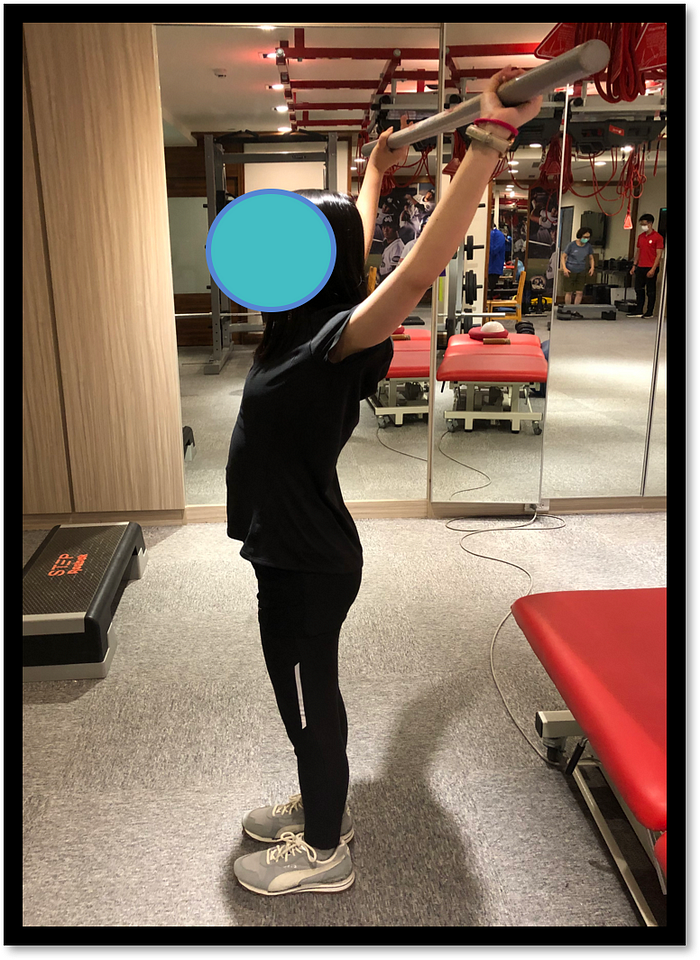You must have heard the saying: “Core exercises is good for your lumbar spine.” or “It is recommended to strengthen core muscles to prevent injury.”
You know core exercises are good for you — but why is it so important? Here’s the reason.
Where are your core muscles?
Before getting know of core functions, you should first understand the anatomy.
It’s anatomical structure lies in the deep and central of the body. You can think of the trunk as a can, made of a bottom (pelvic floor muscles), top (diaphragm) and cylinder walls (transverse abdominus and multifidus). The muscles work together to create a space for organs, muscles and joints to properly function.

There is a question frequently being asked: “Can I visually see or palpate core muscles?”
The answer is no, because the core is beneath the exterior layers of musculature. It lies beside your organs, that is why we call it core muscles.
Core & Six packs
What is the difference between the two muscle groups? The graph below tells you all.

The two muscle groups differ in location, function and structure. During workout and rehab, you should know what muscles you are targeting.
Core exercise is coming up in the next article, be sure to follow!
Core muscle function
Core muscles act as trunk stabilizers, providing spinal stability during movement.
Diaphragm: The roof of core muscles, control respiratory function.
Pelvic floor muscles: The floor of core muscles, control urinary and bowel function.
Transverse abdomius/ obliques: The front walls of core muscles, are responsible for anterior and lateral stability.
Multifidus: The back of core muscles, are responsible for posterior stability.

Four muscle groups combine to create an optimal space; the space would collapse if one of them is functioning incorrectly.
Consequences of weak core
Chronic pain and weakness is the major issue. Symptoms and body warnings may need weeks to show up. These problems build up daily without noticing.
There are cases of backache, pelvic pain, neck pain, myofascial pain, knee problems, shortness of breath and gastrointestinal problems that originate from weak core. The body would not function properly with a weak core. The degree of these problems varies between age, sex and onset time.
Here are some take-home messages:
- Daily exercise and body conditioning is better than rehab.
- Body compensations are found in those with chronic pain, more time should be put into rehab and body reorganizing.
- It is recommended to seek professional help early to prevent worsening.
Examples of weak core
Pregnant women, women under caesarean section, obesity, the elders and people with sedentary lifestyle have a greater chance of weak core. Here are some examples of weak core.
- Unevenness of muscle tone/ fascia tone (high compression area)

2. Trunk twisting or rotation during movement


3. Protruded ribs

If you have chronic pain and these signs mentioned above are similar to your condition, there is a high possibility that you have a weak core. Please seek a physiotherapist for reeducating your core muscles.
If you like my article, please give me a big clap!
Figure source:
https://www.therapeuticassociates.com/what-muscles-make-up-your-inner-core-and-why-do-they-matter/
http://mindandmuscle.net/articles/muscle-fiber-types/








